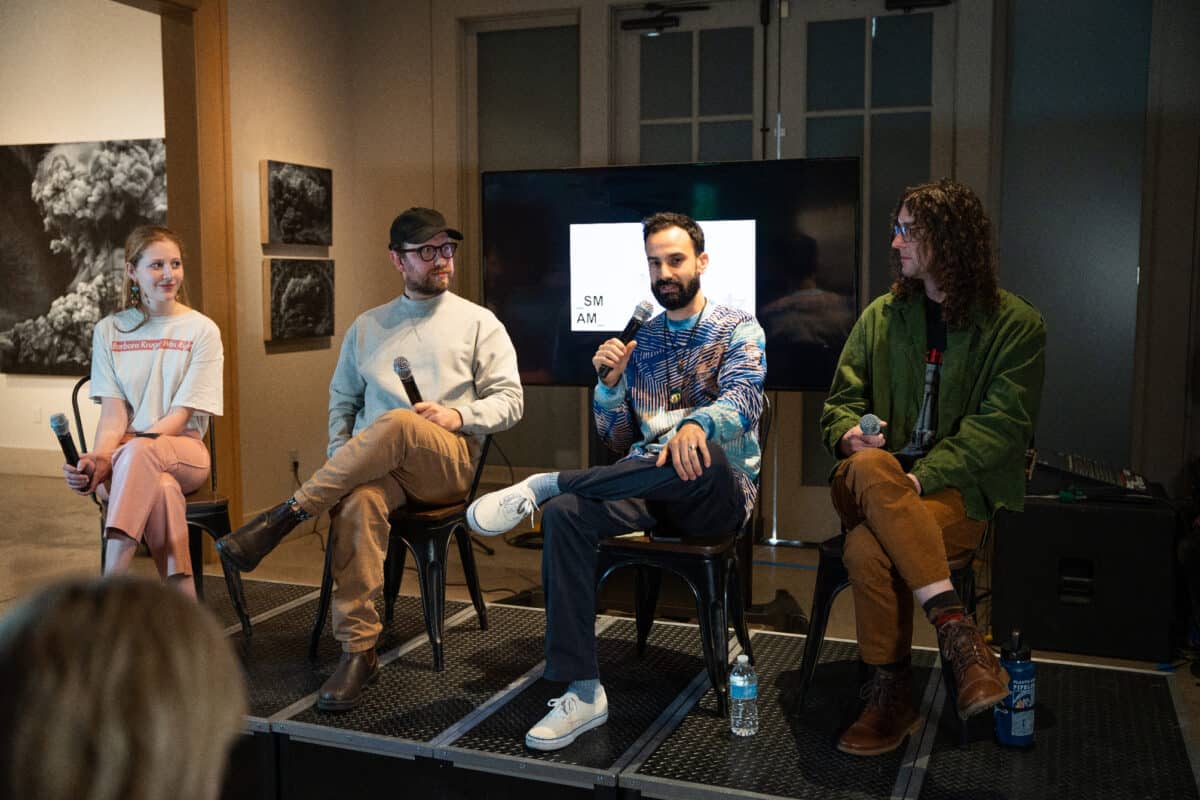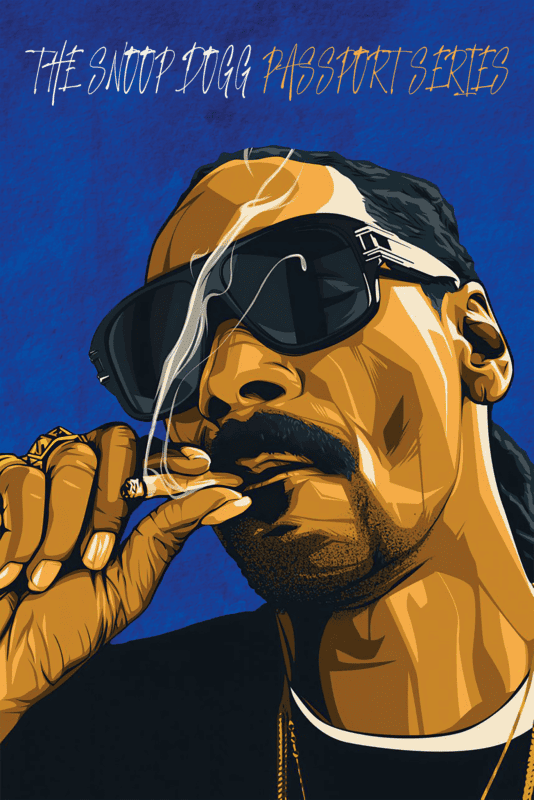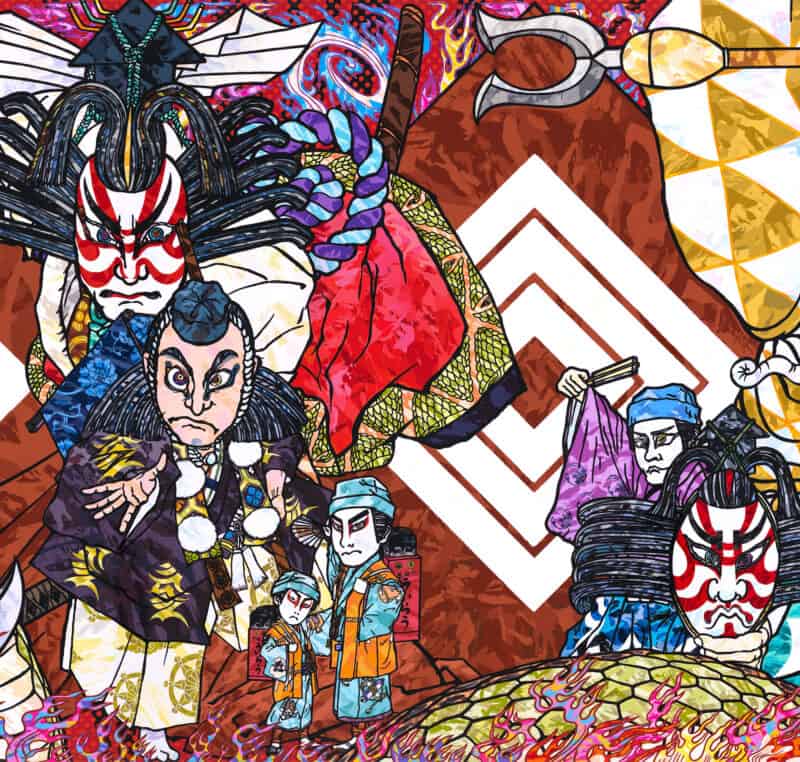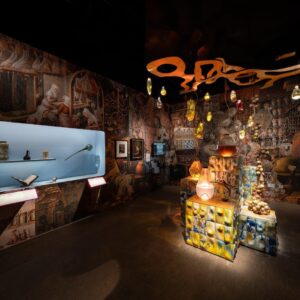The rise of social media in Web 2.0 has facilitated the creation of communities around interest groups, from artist fan bases to the r/neverbrokeabone subreddit. At its core, a community is simply a group of people that have something in common. But the intangible value of common ground translates into trust and allegiance that acts like a resin, grouping individuals into a powerful mass. In 2020, K-Pop Stans and Alt Tik Tok coordinated to sign up for a Trump rally in Oklahoma and not show up, leaving the stadium half empty despite expectations of high attendance. Time and time again, online communities have proven their strength by pouring into our material lives.
At the same time, these tight-knit communities can create a sense of solid social boundaries: practical when grouping people into data sets, but intimidating when trying to decide where you fit in. The NFT community for instance is often referred to as a whole. From a distance, it looks like one unapproachable mass of crypto bros. As you get closer though, it unravels into hundreds of overlapping clusters, all gravitating around NFTs at different angles. Zooming into the NFT art community, you’ll find artists, collectors, and writers, spread across interests such as generative art, photography, artist royalties, or specific NFT projects.
Despite the multiple facets of the NFT community, the crypto bros remain the loudest participants, with their aggressive and often tone-deaf marketing campaigns. As the NFT community, along with the wider blockchain, metaverse, and Web3 pioneers carve out new digital spaces with the potential to revolutionize online financial agency and traditional hierarchies, the Web 3 sales pitch will have you believe that this digital future is a true land of equal opportunity. The only way I would be inclined to believe that is if the power of communities is actually harnessed and integrated into the project’s foundations while they are still being built. As a Crypto Mermaid*, I want to give you the tools to decide where you stand for yourself.

I recently moderated a panel at the Santa Monica Art Museum during Frieze Week L.A. that discussed the power of NFT communities. Michael McClure (@humeHEN), a long term supporter representative of the Tezos ecosystem, and Daniel Kantor (@DanielKantor_1), OG* Crypto art collector and NFT community organizer, represented the local Tezos community. Tezos is a sustainable blockchain that emphasizes user participation and governance. It powers numerous projects including the Crypto Mermaids. Cody Edison (@CodyEdison1), founder of the weekly NFT art reunion NFTuesday L.A (@NFTuesdayLA). also joined us on the panel. Through our in-person meeting and conversation, we sought to understand how different NFT communities can uplift one another, as well as make the general NFT community more approachable.
The first step is to understand where to find these communities to begin with. The panelists agreed that Twitter and Discord were the main social media platforms used by the NFT community. Additionally, Daniel Kantor highlighted the value of local communities and AFK* meetings. These manifestations aren’t stronger or more legitimate than their online counterparts, but extensions of the community into the meatspace. If anything, they are proof that bonds formed online translate into “real life”. Or rather, that there is no IRL / online dichotomy but simply continued existence across physical and digital social spaces.
However, some users prefer to keep these spaces separate. Blockchain ideology is anchored in notions of privacy and control over one’s own data. In this vein, many users – and even major actors in the space – prefer to operate under pseudonyms. Even the blockchain’s creator, Satoshi Nakamoto, never revealed their identity. Michael McClure noted that these people may not want to attend AFK events for fear of being “doxxed”: having their anonymity compromised. Beyond revealing different forms of interacting within the NFT community, this remark led us to question how language can be a barrier to integrating a community.
Terms like “doxxing”, “WAGMI”, “OG” are thrown around on Twitter. Within the community, a shared language is a way of feeling closer. From the outside, it creates a layer of confusion that can feel overwhelming. You can dive into the deep end and learn the terms on the spot. Soon enough, you’ll realize most are derived from meme culture and very few require an understanding of more complex concepts. There are also dozens of comprehensive glossaries online, including our own FinTech Glossary to help you navigate NFT social media. The key is to not be thrown off by unknown vocabulary.
Another point worth noting is that, like the rest of the content on the internet, the majority of online discussions about NFTs take place in English. Similarly, the concentration of AFK NFT events taking place in global cities reminds us that despite being hosted on the “World Wide Web”, the NFT community, and the visibility of its various subcommunities to the outside world, is susceptible to existing dynamics of power. Cody Edison’s NFTuesday L.A. is a fantastic example of how communities can uplift one another. NFTuesday uses its existing community to platform critical thinkers in the NFT space, helping underrepresented communities gain visibility in the process.
Ultimately, NFTs – and other blockchain-enabled structures – are exciting new tools for sustaining decentralized transactions. Community, in the form of online forums, open-source building, and social media servers, is an essential part of NFT ethos. What was once a small NFT community has transformed into thousands of communities using NFTs for various purposes. In order to outweigh the white dudes with a get-rich-quick mentality, it’s important to platform the other communities in the NFT space, to push for critical conversations, and to demystify crypto jargon and concepts to make them accessible, interesting, and relevant to a wider audience.
***
*AFK: “away from keyboard”, in-person.
*OG: “Original Gangster”, a term popularized by rap culture and used by the crypto community to refer to someone who was early to the movement.
*Crypto mermaids are a fun and feminine collectible NFT project with a cause.
Collecting a mermaid allows crypto natives and novices to join a community of individuals with shared values. It’s also an investment in the by the pool community that empowers women through increased tech literacy.
Words Mia Stern
Mia Stern is a French-American writer and curator with a background in art history and cultural policy. Her main topics of interest are new media arts and the structures underpinning contemporary digital visual culture at large. Following her experience at the Centre Pompidou’s new media department and writing about NFTs for Taschen, Mia joined the Crypto Mermaid team to help demystify male-dominated topics of knowledge.









